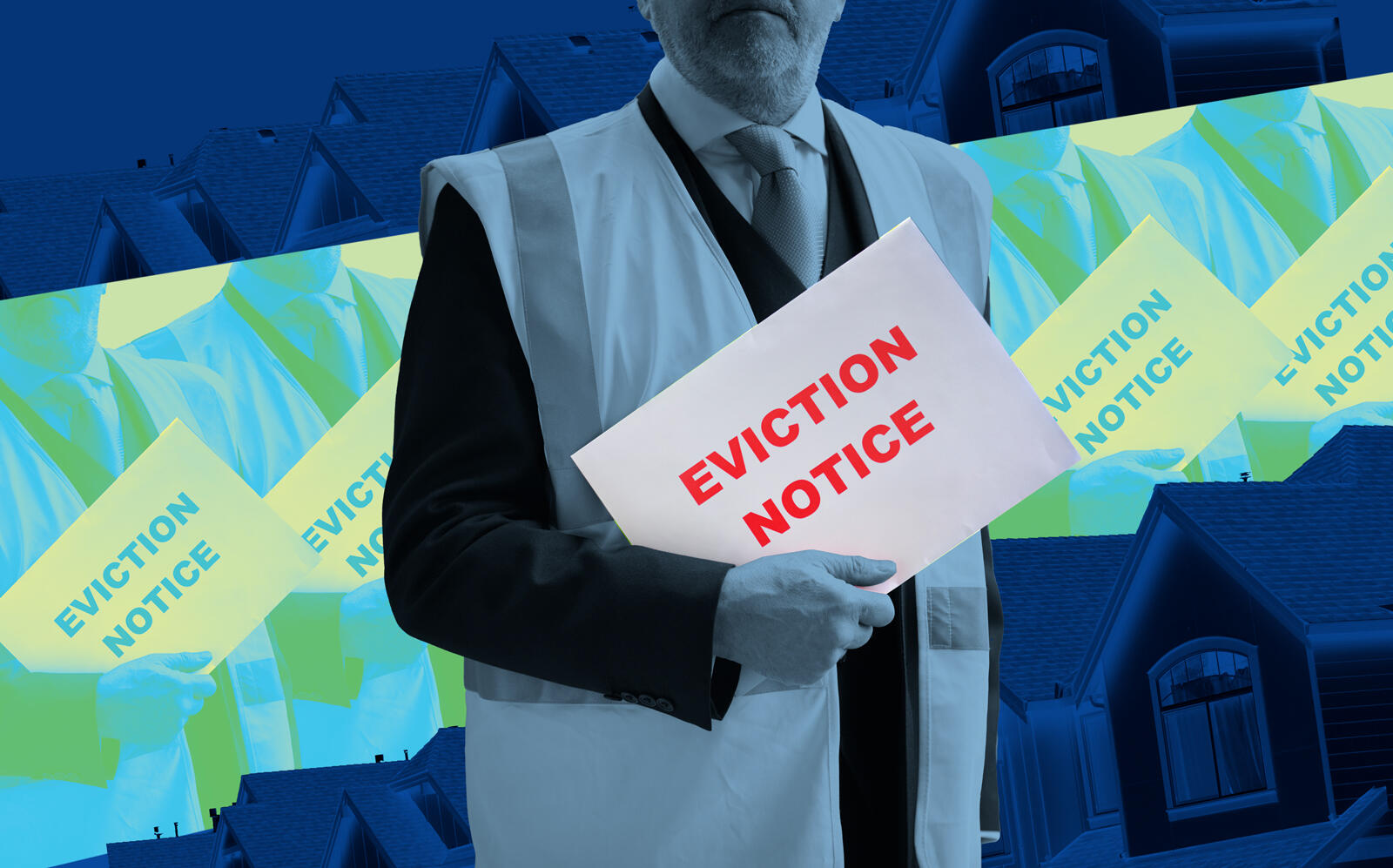
Trending
Despite no mass-eviction event, filings are on the rise
Moratorium’s end didn’t spark mass evictions, but growing concern: report

The mass-eviction event many feared would follow the federal moratorium’s expiration in August didn’t come to pass, but tenants across the U.S. are facing a steady rise in filings.
Evictions are beginning to accelerate across the country in a slow-moving crisis, The New York Times reports. Housing experts and advocates told the outlet they are largely concerned that amid gaps in tenant resources and eviction data, it’s unclear where the trend is headed.
The Eviction Lab at Princeton University noted a nearly 14 percent increase in filings in the first two weeks of October compared to the previous month. According to the Times, that increase came on the heels of a 10 percent month-over-month spike in the first two weeks of September.
However, the rate of filings does not encompass a complete picture. The Eviction Lab only tracks 31 cities and six states, making the true number of evictions almost impossible to nail down. One think tank says one-third of American counties don’t have any available eviction court data.
The filings the Eviction Lab did track were still at about half the pre-pandemic average during the first two weeks of October. The $46.5 billion rent relief program has likely had an impact in keeping evictions as low as they are so far.
However, trouble could be around the corner. The Urban Institute told the Times more than 37 percent of renters live in jurisdictions with local moratoriums or postponed eviction judgments still in place, meaning more tenants could be imperiled once those protections expire.
Additionally, the rental market’s explosion in recent months could price out more and more tenants. Through the end of July, asking rents for single-family homes soared nearly 13 percent year-to-date, the highest increase in five years, according to data from Yardi Matrix. In August, the national average rent hit $1,539, a 10.3 percent increase from the previous year.
The slow rollout of federal rental assistance in recent months has complicated resources for landlords as well, who could be forced to pursue court without aid as judges continue to work through a backlog of cases filed during the pandemic.
In New York, some landlords are seeking alternate ways to get timely judgments against nonpaying tenants, turning towards civil court to try for money judgments, rather than the repossession of a home.
Read more


[NYT] — Holden Walter-Warner




